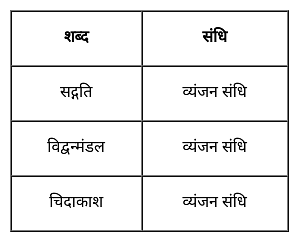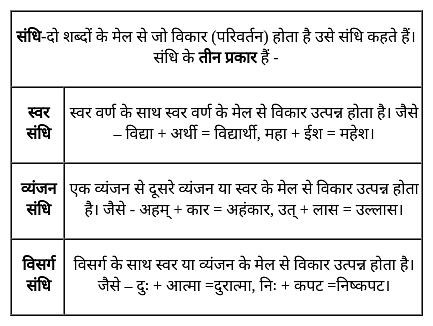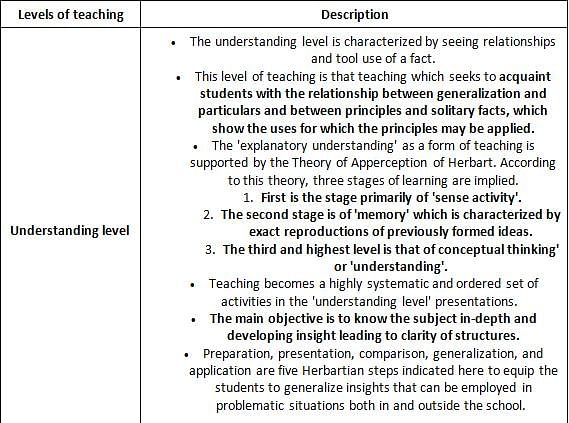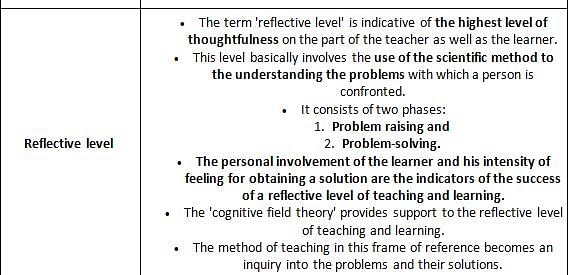KVS TGT Science Mock Test - 8 - KVS PGT/TGT/PRT MCQ
30 Questions MCQ Test - KVS TGT Science Mock Test - 8
The grocer
P: did not listen to the protests of customer
Q: who was in the habit of weighing less
R: whom he had cheated
S: with great audacity
The Proper sequence should be:
Q: who was in the habit of weighing less
R: whom he had cheated
S: with great audacity
Directions: In each of the following questions, a sentence has been given in Active (or Passive) Voice. Out of the four alternatives suggested, select the one that best expresses the same sentence in Passive/ Active Voice.
The writer who passed away recently has authored a dozen novels and a number of poetry collections.
| 1 Crore+ students have signed up on EduRev. Have you? Download the App |
Fill in the blank with the correct option.
Ms. Biethan is always in a good mood. She is _________ sad.
Direction: Study the following question carefully and choose the right answer.
If RAM is coded as 5, GUI is coded as 1, then what is the code for SAP?
What do we call a computer program that organizes data in rows and columns of cells? You might use this type of program to keep a record of the money you earned moving lawns over the summer.
Who had proposed the 'Goal gradient' concept in problem solving?
Select the statement that does not describe the objectives/characteristics of the Memory Level of teaching.
The density of copper is 9 g/cm3. Then the volume of 90 g copper is
How much time from sunrise to sunset is lengthened because of atmospheric refraction ?
Which process is responsible for the formation of a green oxide layer on copper when exposed to air and water?
The symbol used for representing Independent sources
The device which measures electric potential difference between two points is called
The force of gravitation between two bodies depend upon
An electric refrigerator rated 500 W operates 10 hr per day. What is the cost of the energy to operate it for 30 days at Rs. 4.00 per kWh ?
What are the essential conditions for the production of anode rays?
Which one of the following statements is true according to Rutherford’s nuclear model of an atom?
























